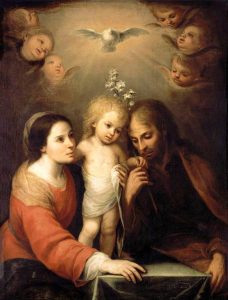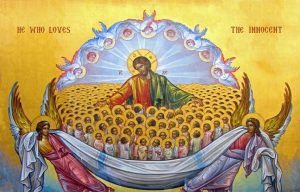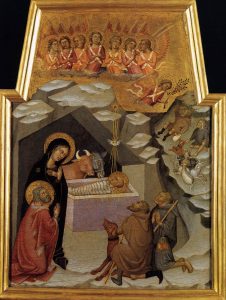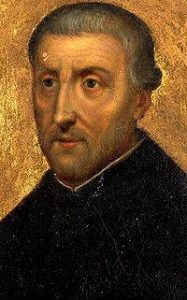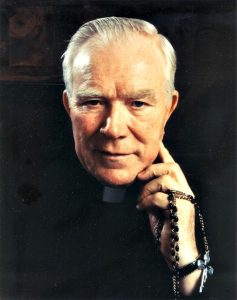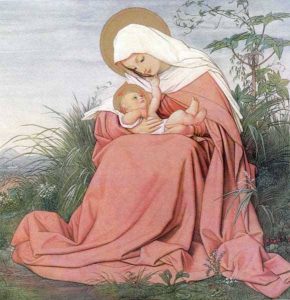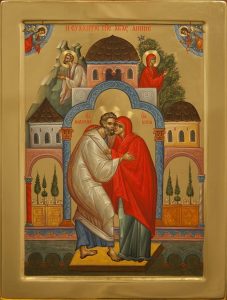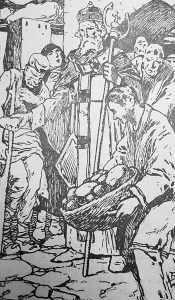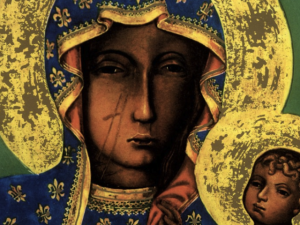 On this first day of the new calendar year, the Novus Ordo Catholic Church celebrates the feast of Mary, the Mother of God. It is, in fact, the 8th day since the Incarnation and traditionally the Church recalls the Lord’s adherence to the Divine Law with his circumcision.
On this first day of the new calendar year, the Novus Ordo Catholic Church celebrates the feast of Mary, the Mother of God. It is, in fact, the 8th day since the Incarnation and traditionally the Church recalls the Lord’s adherence to the Divine Law with his circumcision.
I’d like to highlight something we tend to overlook in our daily journey of faith. That is, the role of Mary, the Mother of God and the Mother of us all, in this walk of faith. What does Mary teach us? Why is she so very critical to our catholic life? Recall, the Church has some central themes in her theology that we need to attend to, namely, the Church is approached from the perspective of the Marian dimension in light of our discipleship.
Some friends wrote the following reflection on Mary that I think needs to be more widely seen and understood:
Sometimes in Christian spirituality, the Virgin Mary gets a bad rap because she is so routinely associated with a damaging and suffocating sentimentality, something sickeningly sweet. But this is really a fiction; the Gospel’s portrait of her reveals something entirely different. There we encounter a Mary who is so open to the Word of God that she actually gives birth to it. At the same time, I believe she knew what it meant to encounter the Lord in the darkness of faith. Can we imagine what it must have been like to learn that she was to give birth to the Messiah? Can we imagine her inner struggle, wondering if this could actually be? And yet, her simple “fiat” is what Jesus commands in this morning’s Gospel. “Blessed rather, are they who hear the word and keep it.” In Mary we discover one who not only heard the Word, she “digested” it; she expressed the whole message of the scriptures in her life. We’re told in several places that Mary “treasured these things, and pondered them in her heart.” That was her fundamental attitude. In a very real sense, she is the archetype of a disciple, of what it means to be a follower of Christ. (NS)
Blessings in 2018!!!!
